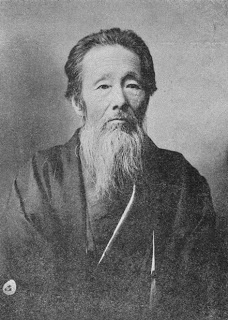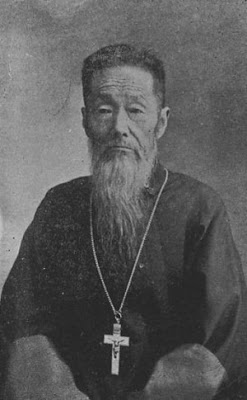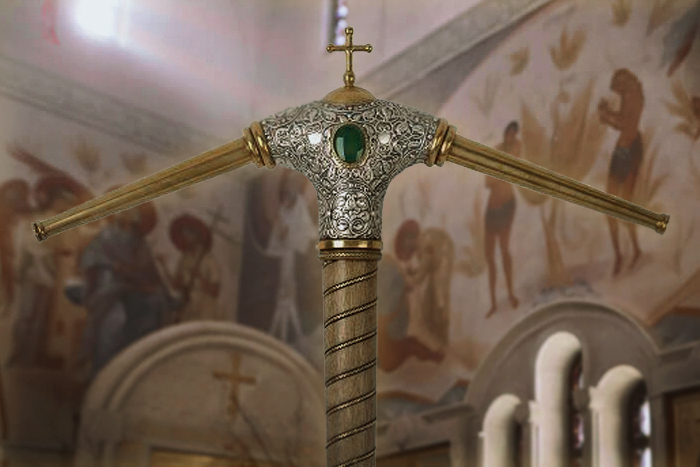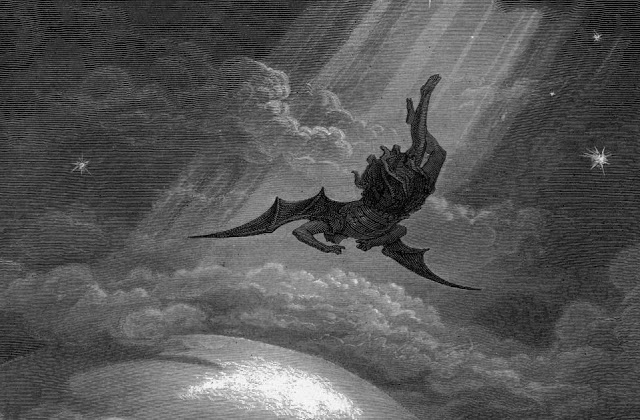
The son of a samurai and son-in-law of a Shinto priest, Takama Sawabe was a fierce Japanese nationalist. He hated Christianity and all foreign influences in his country. One day he angrily confronted the Orthodox Christian missionary to Japan, a Russian priest-monk named Nicholas (Nicolai). Father Nicholas spoke to him:

“Why are you angry at me?” Fr. Nicholas asked Sawabe.
“All you foreigners must die. You have come here to spy on our country and even worse, you are harming Japan with your preaching,” answered Sawabe.
“But do you know what I preach?”
“No, I don’t,” he answered.
“Then how can you judge, much less condemn something you know nothing about? Is it just to defame something you do not know? First listen to me, and then judge. If what you hear is bad, then throw us out.”
After listening to Father Nicholas and learning about the Orthodox Christian way of life, the nationalist samurai who had once endorsed Shintoism now believed in Jesus Christ and was baptized, becoming the first person to embrace Orthodox Christianity in Japan. At his baptism, he appropriately received the Christian name Paul, after St. Paul, one of the Church’s greatest Apostles who, before his conversion, had used his authority to violently persecute the Christian Church. Paul Sawabe would eventually be ordained an Orthodox Christian priest. You can read about Father Paul (pictured here) in a brief article on the Japanese National Diet Library website dedicated to Portraits of Modern Japanese Historical Figures, which includes another photo, and on Orthodoxwiki.
 Father Nicholas, the missionary who taught Paul the Orthodox Christian Faith and baptized him, was later consecrated as bishop and is today known as St. Nicholas of Japan.
Father Nicholas, the missionary who taught Paul the Orthodox Christian Faith and baptized him, was later consecrated as bishop and is today known as St. Nicholas of Japan.According to the the book, Missionaries, Monks, and Martyrs, St. Nicholas worked hard to learn about Japanese language and culture:
Along with language learning, Nicholas studied the culture and history of Japan. He read their mythology and literature, and learned about Confucianism, Shintoism, and Buddhism. He even attended the sermons of popular Buddhist preachers and public storytellers in hopes of understanding the mind of the Japanese. For close to seven years he continued this intense study. Eventually, he became one of the foremost scholars of the Japanese language and went on to translate service and prayer books, catechism books, and the Scripture, as he waited for opportunities of evangelism to open within the country.




